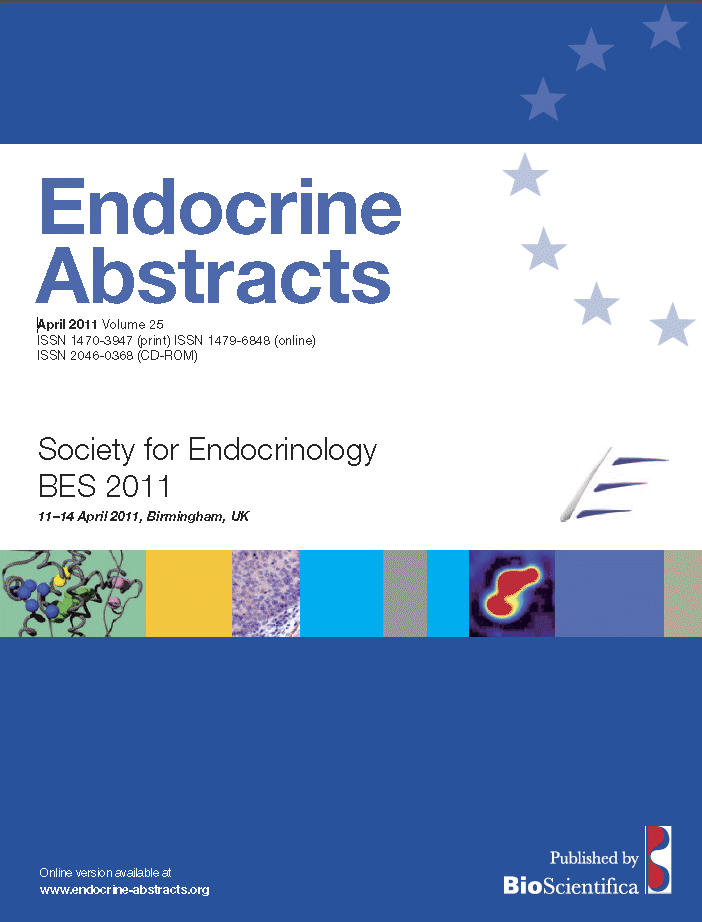Searchable abstracts of presentations at key conferences in endocrinology
Symposia
Fat endocrinology: disorders of adipose tissue and lipids important to the endocrinologist
ea0025s3.1 | Fat endocrinology: disorders of adipose tissue and lipids important to the endocrinologist | SFEBES2011
Can we make more brown adipose tissue to treat obesity?
The incidence of the metabolic syndrome has reached epidemic levels in the western world. With respect to the energy balance most attention has been given to reducing energy (food) intake. Increasing energy expenditure is an important alternative strategy. Adaptive thermogenesis, which is the increase in energy expenditure in response to cold or diet, may be an effective way to affect the energy balance.Several studies have confirmed that humans show sig...
ea0025s3.2 | Fat endocrinology: disorders of adipose tissue and lipids important to the endocrinologist | SFEBES2011
Familial partial lipodystrophy: an introduction and the importance of diagnosing FPLD
Lipodystrophy including familial, acquired and secondary forms displays the full spectrum of the metabolic syndrome including severe insulin resistance, hyperinsulinaemia; hypertension, hypertriglyceridaemia, low HDL cholesterol, and hyperglycaemia1. This group have an absolute or partial reduction in fat mass, yet often show more extreme metabolic features than obese individuals.Partial lipodystrophy may be genetic or acquired. Genetic causes...
ea0025s3.3 | Fat endocrinology: disorders of adipose tissue and lipids important to the endocrinologist | SFEBES2011
The link between insulin resistance, dyslipidaemia and fatty liver
Insulin resistance (IR) is an important biochemical phenomenon because it is closely linked to major and highly prevalent diseases including diabetes mellitus, atherogenic dyslipidaemia, the fatty liver disease dysfunction, and ovulatory dysfunction. Yet major barriers to understanding the mechanisms linking IR to these clinical diseases have included 1. The difficulty in discerning cause and effect relationships in associated phenomena in a complex multisystem disorder and 2....
ea0025s3.4 | Fat endocrinology: disorders of adipose tissue and lipids important to the endocrinologist | SFEBES2011
What you need to know about the genetics of hyperlipidaemia
Shoulders Carol , Hutchison Claire , Duncan Emma , Sivapackianathan Rasheeta
This presentation will consider the ways that modern genetics and lipidomics are beginning to increase our understanding of specific lipid disorders that bear on human disease, ranging from life-threatening conditions of infancy through severe coronary heart disease of young adulthood, to indolent disorders of middle- and old-age. The case will be made for replacing the traditional, but now 45-year-old, Fredrickson and Lees essentially phenotypic classification of hyperlipidae...




